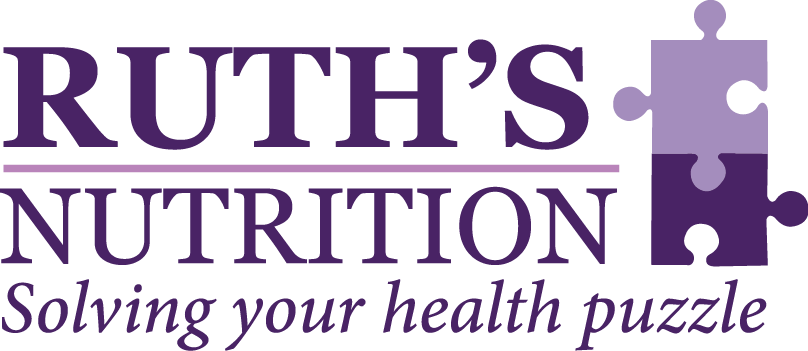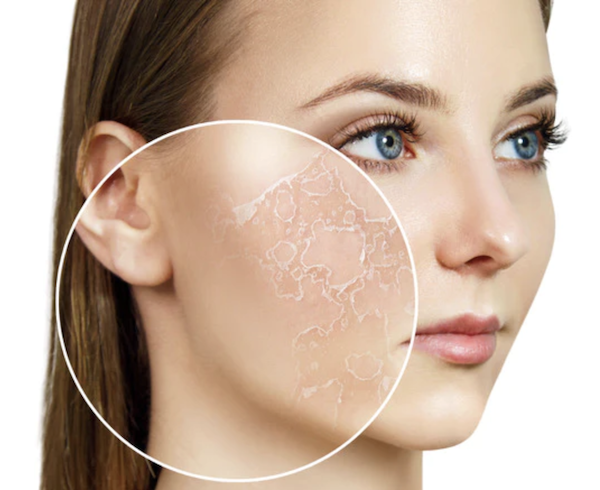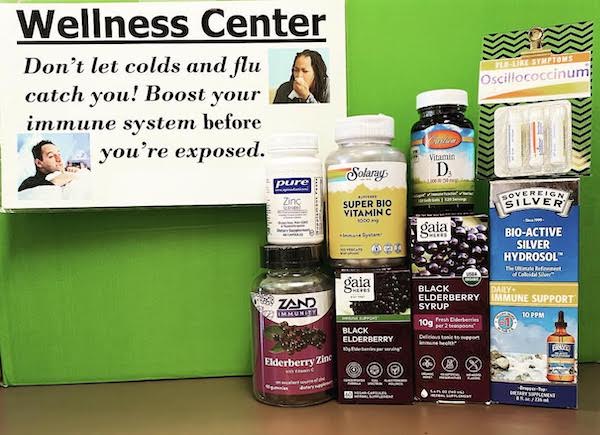Lessons from Medicines from the Earth
By Sue Cummings
I’m recently back from my annual Medicines from the Earth conference in Black Mountain, N.C. This year I attended several sessions about herbs and cancer, but there was information in one session that I’d especially like to share.
Donnie Yance gave a detailed presentation on using herbal and nutritional therapies in the prevention and treatment of chemotherapy-induced peripheral neuropathy (CIPN). Yance is a clinical herbalist and certified nutritionist whose practice over the years has become 80% cancer patients. He’s written several books (“Herbal Medicine, Healing & Cancer” is one) and advised the Mayo Clinic on nutrition and cancer. He’s also founder of the Mederi Foundation, a not-for-profit organization for professional education and clinical research in integrative medicine, and the president and formulator for Natura Health Products. His work is pioneering.
The talk was technical, because Yance primarily presents to hospitals and medical staff, but I’d like to share some key points that are easy to understand.
In patients with early-stage breast cancer, neuropathic symptoms persist in up to 80% of participants at 1 to 3 years following treatment. Let that sink in. I had no idea! Be aware that risk for peripheral neuropathy is greater if the patient already has diabetes, hypothyroidism, high homocysteine, Lyme’s disease, Herpes zoster or HIV/AIDS.
Many chemotherapy agents can cause peripheral neuropathy. Common agents, Taxol and Vincristine, cause CIPN in 60% of patients.
Nutritional deficiencies can increase a patient’s risk of CIPN. Being low in B vitamins (B1, B6, B12, folate), vitamin D, vitamin E/tocotrienols, zinc, and essential fatty acids GLA and omega 3 all increased the risk of peripheral neuropathy.
To help prevent and treat CIPN, Yance recommends herbs and nutrients that are anti-inflammatory, neuroprotectants, anti-fibrotics and anabolic. Among the herbs he mentioned and why he chose them are:
St. John’s Wort – traditionally used for nerve trauma; animal studies show it reduces tumors; profound anti-angiogenic properties; also helps with depression; use internally and the oil topically for pain
Ginkgo biloba – inhibits thrombosis, platelet aggregation, neuroinflammation; specific protective for CIPN
Huperzine – slows breakdown of acetylcholine neurotransmitters; improves Vagus nerve activity giving a better overall sense of wellbeing; useful for prevention of chemobrain and neuropathy
Gotu kola – increases levels of GABA; relaxing effect on the nervous system; improves peripheral and cerebral circulation; improves memory; improves health of collagen and connective tissue; anti-depressant effects; anti-tumor properties
Quercetin – potent redox/antioxidant; cancer inhibiting; cancer suppressing; anti-inflammatory; inhibits peripheral and spinal cord inflammation and pain
Among the supplements he recommends for CIPN prevention and treatment are:
R- & Alpha lipoic acid – potent redox/antioxidant
Acetyl l-carnitine – protects sensory neurons through redox/antioxidant & mitochondrial regulatory functions
Glutamine – improves intestinal barrier health
N-acetyl cysteine – precursor to glutathione synthesis; a free radical scavenger; neuroprotective effects against oxaliplatin-based adjuvant chemotherapy in colon cancer patients
EPA/DHA/GLA fatty acids – omega 3 fatty acids effective against inflammatory pain and neuropathic pain; can be used with conventional analgesics; omega 3 protective against paclitaxel-induced peripheral neuropathy; GLA reduces pain in neuropathy, breast pain, rheumatoid arthritis
Melatonin – promotes myelination by significantly reducing nerve inflammation and reducing oxidative stress; stimulates peripheral nerve regeneration
According to Yance, foods that help build the myelin sheath include:
Egg yokes (rich in choline, a key component of myelin), olive oil, omega-3 fish (sardines, salmon), nuts (walnuts, pumpkin seeds, sesame seeds, almonds), avocados, whole grains (magnesium, tocotrienols, vitamin E), legumes (rich in B1), spinach and other leafy greens, cocoa.
Obviously, as with following any advice, you want to consult your doctor first. But I hope Yance’s information gives anyone facing chemotherapy a sense of empowerment. There are things you can do to improve your chances that you come through that intense treatment with limited damage.
If you’re like me and you enjoy learning more about herbs and health, I suggest you visit botanicalmedicine.org to learn more about the Medicines from the Earth conference. Proceedings books and recordings are available.





